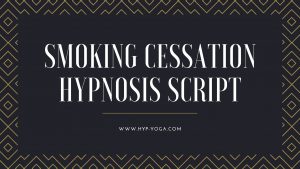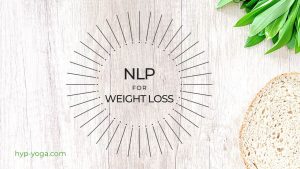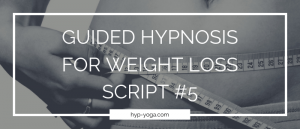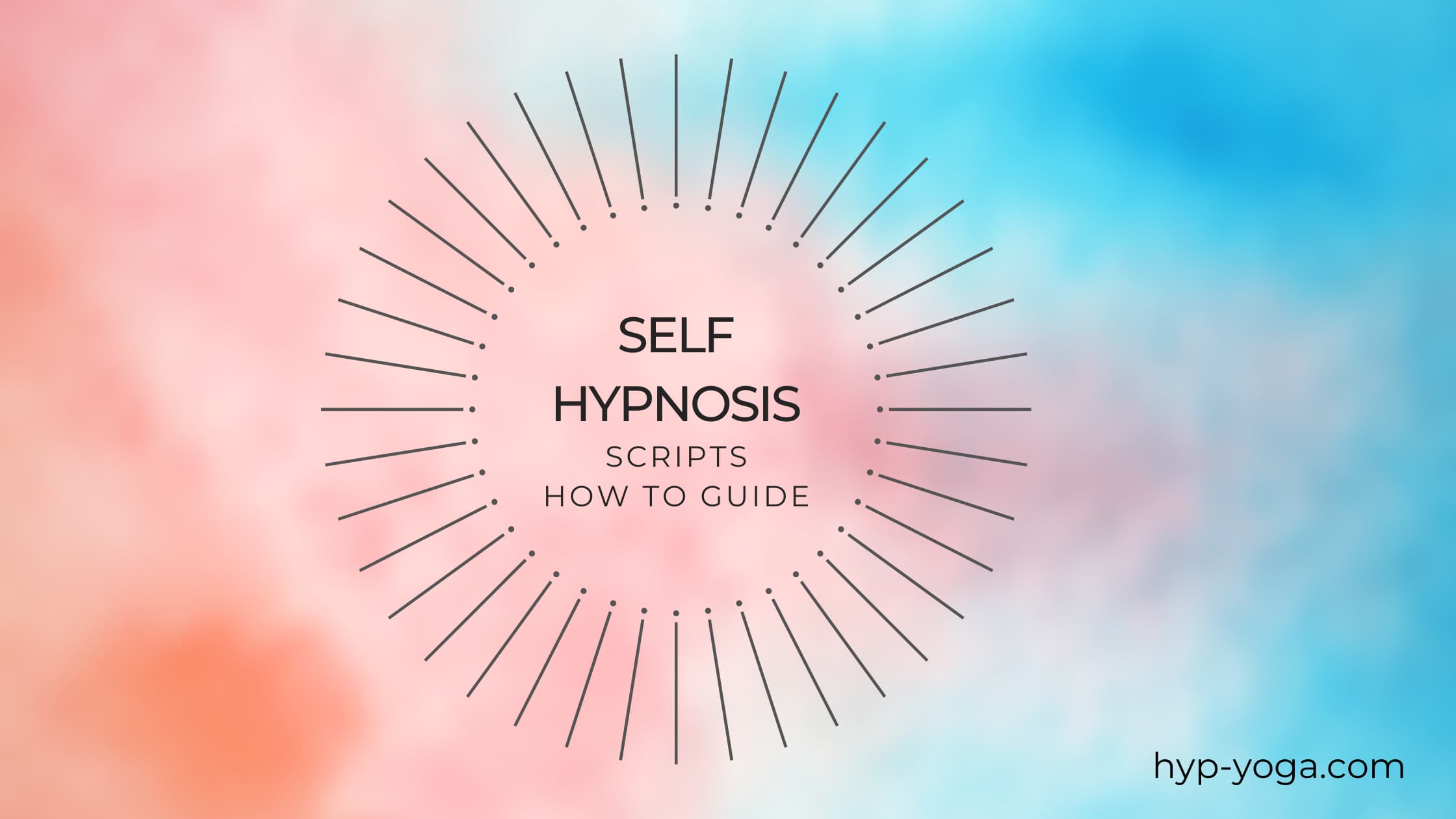Self Hypnosis Scripts: A Free Guide + Tools for Behavior Change
We have said it time and again, but “all hypnosis is self-hypnosis.” Everything you accomplish by means of hypnosis was all your own doing. These self hypnosis scripts and tools will help you accomplish your needed changes with the power of your own mind.
Hypnosis is a powerful tool used in society today, but only by a few brave souls. We now know that this tool can be used, even on a daily basis, to improve our lives and the lives of others. Hypnosis is not magical or mystical and has nothing to do with religion or evil. Hypnosis can help make us more productive, powerful and positive.
How Self-Hypnosis Works
Hypnosis works best with positive suggestions. We need to focus on giving the mind replacements for behaviors we want to eliminate.
- Example: “You are finding your desire for healthy foods increasing as the old desire for greasy foods fades away.”
- Instead of saying: “Stop eating greasy foods.”
Again, all hypnosis is really self-hypnosis. This means that you essentially hypnotize yourself whether or not another person is involved. Your job is to create a suitable environment for your own self hypnosis so you can relax and open your mind.
In other words, your job in self-hypnosis is to
Relax your body
Concentrate your mind
Imagine the things that you think in hypnosis are really happening
Fross, D.D.S. & Carter D.D.S., Handbook of Hypnotic Techniques, 1988
How Hypnosis with a Hypnotherapist Traditionally Works
In a regular hypnosis process, the hypnotist would create a rapport with their client, do a few tests of hypnotizability, and then induce (or lead) their client into hypnosis. The hypnotist may then deepen the client’s trance with imagery or deepening counts. After the client is deep enough for the particular treatment being administered, the hypnotist will give the client the appropriate and powerful suggestions needed to address the issue. Finally, the hypnotist will awaken the client slowly and gently. You can simulate some of this with self hypnosis.
Using Self-Hypnosis with Goals
Goal setting is a powerful way to incorporate positive suggestions into your self hypnosis. According to a study conducted by the Journal of Sport & Exercise Psychology, goal setting may lead to significant improvements in body composition, especially for people just beginning an exercise program.1
The our free Hyp-Yoga Weight Loss Program contains a goal setting worksheet that you can use and adapt for your other non-weight loss goals as well. This program also goes into more detail on how to get into a habit of using self-hypnosis and meditation for behavior change.
The important point to remember is to create simple, positive goals that are truly attainable. Breaking down larger goals into smaller goals is also important to keep motivated.
1Journal of Sport & Exercise Psychology, Jun 2001 Supplement, Vol. 23 Issue 2, pS32 2p.
Learn How to Self Hypnotize in Simple Steps
Take these steps one week at a time for best results. You can speed the process up if you are already doing self affirmations or are a regular meditator.
STEP ONE: Affirmations
Your first step is to be more aware of your thoughts towards your body. We will do this by practicing “talking” positively to yourself. This is a good way to start with basic self-hypnosis.
Every day at some point, maybe in bed at night or in the morning, say ten times in your head, “Every day I get healthier, leaner and stronger.” As you say this ten times, picture or visualize yourself doing what you need to do to get healthier, leaner and stronger. Also, see yourself how you want to be in your ideal weight and figure. You already know that a picture is worth a thousand words, so use these pictures you create in your head to bring you changes faster than you ever have experienced before. Your homework will help your mind get use to “self-programming” and as a result will soak up information and suggestions quicker and more effectively.
STEP TWO: Learning How to Get into Meditative States
Your task for this step is to take time to relax and clear your mind. You will do this by practicing a 2 minute meditation at least three times (hopefully everyday!) in the next 7 days.
Meditation: Sit comfortably in a chair, or on the floor, with your back straight and your hands resting on your knees (Yoga Easy Seated Pose). In a moment, you will close your eyes and take in a deep breath.
Then, breathe in filling up your stomach using your belly breath or use the deep breathing you practice in your yoga class. When you feel relaxed enough, start counting from 20 to 1 very slowly. When you reach 1, “awaken” yourself by counting forwards from 1 to 3, and then open your eyes.
STEP THREE: Practicing Self Hypnosis with Goals You Develop
Your task this step is to give yourself positive suggestions in light self-induced hypnosis focused on a goal you will develop (worksheet below). You have been doing so wonderful these last couple steps! You might not have realized it, but you have already taught yourself the first two steps you need to be able to do self-hypnosis. In the first week, you learned how to give yourself suggestions by saying and seeing yourself get healthier and leaner every day. Last week, you learned how to put yourself in a light hypnosis for 2 to 3 minutes with the seated meditation exercise.
This week you will do your seated meditation again, but this time you will focus on a specific suggestion you will give yourself. To help you write a goal or suggestion, use the goal setting worksheet on the next page.
Self-Hypnosis: Find a comfortable place to sit. Take your goal index card (that you will create from the worksheet in pink below this paragraph) and read your goal again. After you have taken in your goal. Close your eyes, take in a deep breath from your diaphragm and hold it at the top. Count down from 3 to 1 before you exhale and relax. As you continue to breath deep say your goal to yourself, in you head, over and over. Just let the words flow through you mind and if they start to scramble themselves, or if you forget parts your words, that’s fine. Just let you mind flow and focus on the words that you do remember. When you think it has been about 2 to 3 minutes. Count forwards from 1 to 3 and open your eyes.
Writing Your Short, Positive Goals Exercise
Your Name: ________________________________ Date: __________________
One Weight Loss Goal: (examples: pounds to lose, certain foods to eat, behaviors to change)
Make your Goal Specific:
(Answer the questions that apply)
With Whom?_______________________________________________________
When?____________________________________________________________
Where?___________________________________________________________
How much?________________________________________________________
Set a deadline: _____________________________________________________
How will you know when you have reached your goal?
Rewrite your goal: in a short, but detailed, positive sentence on the bottom third of the page and then fold the sheet in thirds. Alternately, you may write your goal on an index card if that is easier for you to carry around with you.
Tools to Help You Practice Your Self Hypnosis
You can use any of these scripts and tools for your own benefit. You could even read and record these scripts into your phone and then listen to yourself reading them. That is definitely self-hypnosis!
Alternatively, if you want to be hypnotized by someone else, try our audio classes. Available to stream free as well.

Self Hypnosis Scripts: A Free Guide + Tools for Behavior Change

Smoking Cessation Hypnosis Script

NLP Weight Loss Script

Stress Hypnosis Script

EFT Weight Loss – Guide to Tapping for Reducing Cravings


